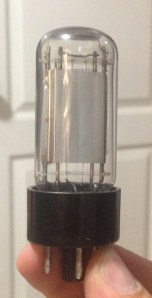
About a decade ago I started a strange little journey in my free time that cut a path across electronics manufacturing from over the last century. One morning I decided to find out how the little glowing glass bottles we sometimes call electron tubes worked. Not knowing any better I simply picked up an old copy of the Thomas Register. For those of you generally under 40 that was our version of Google, and resembled a set of 10 yellow pages.
I started calling companies listed under “Electron Tube Manufacturers” until I got a voice on the other end. Most of the numbers would ring to the familiar “this number is no longer in service” message, but in one lucky case I found I was talking to a Mrs. Roni Elsbury, nee Ulmer of M.U. Inc. Her company is one of the only remaining firms still engaged in the production of traditional style vacuum tubes in the U.S. Ever since then I have enjoyed occasional journeys down to her facility to assist her in maintenance of the equipment, work on tooling, and help to solve little engineering challenges that keep this very artisanal process alive.
It did not take too many of these trips to realize that this could be distilled down to some very basic tools and processes that could be reproduced in your average garage and that positive, albeit rudimentary, results could be had with information widely available on the Internet.
Continue reading “Artisanal Vacuum Tubes: Hackaday Shows You How”

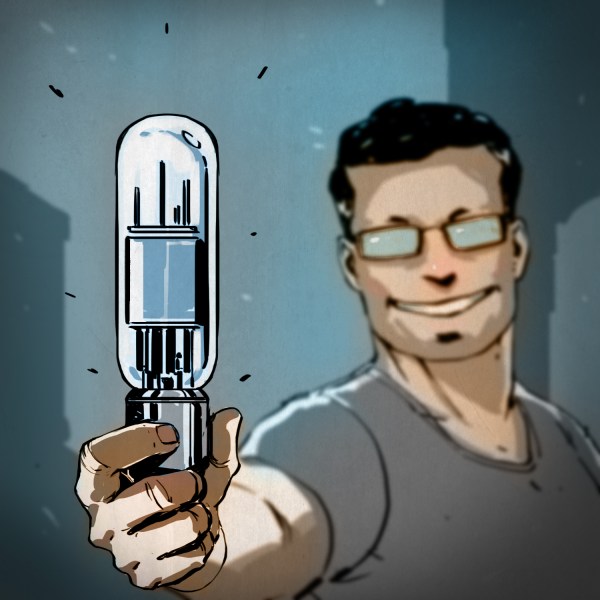
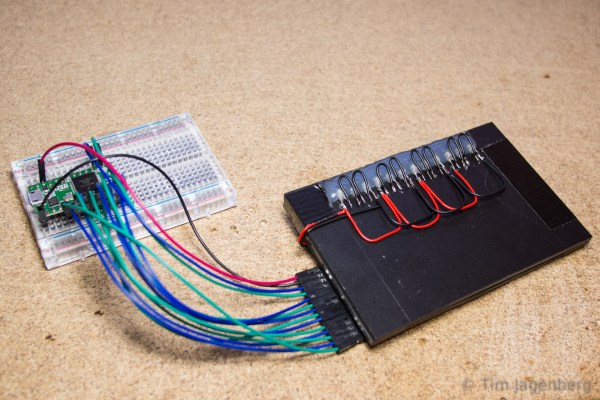
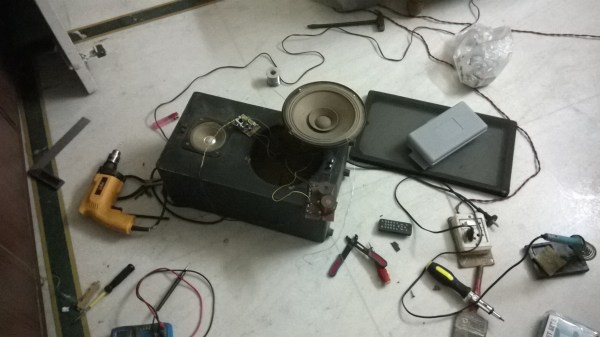
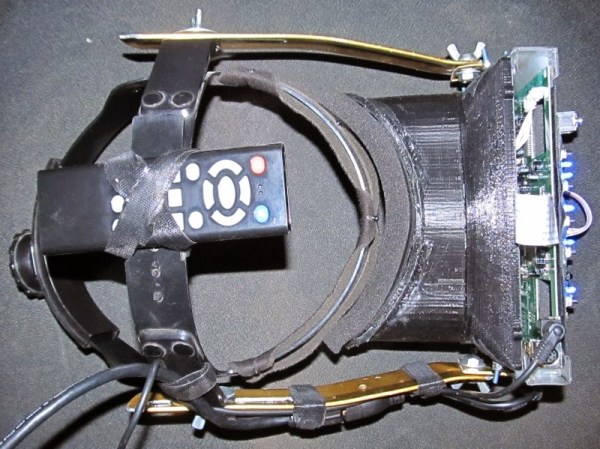
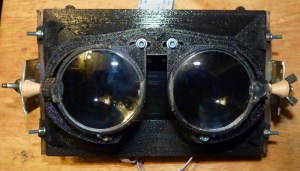
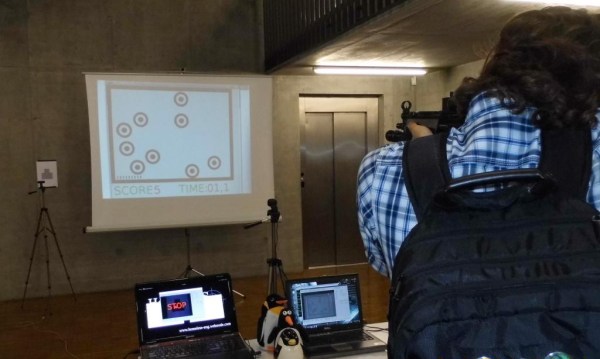
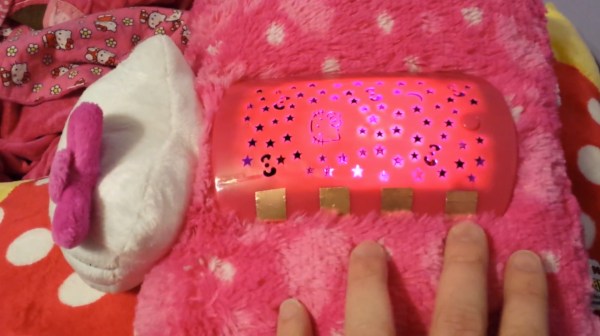
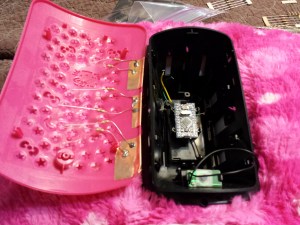 As a thing whose one purpose was to shine bright starry patterns on a child’s wall at night, the pillow failed miserably. [Dan] Wondered why his daughter’s toy couldn’t live up to reasonable expectations all while sucking batteries dry, so he opened the large pink plastic casing in the center of the pillow to find a rather minimal board driving three very dim LEDs. The LEDs that faded on and off to create mixtures of different colors weren’t even red, green and blue either. The makers of the toy used yellow instead of the slightly more expensive blue color. Having none of this, [Dan] replaced these sad innards with an Arduino Pro Mini which he programmed to drive an old salvaged speaker and three bright RGB LEDs borrowed from the end of a light strip. For the unnecessary but cool part, he used the additional pins of the Arduino micro-controller to add four touch sensitive buttons on the outside of the pink casing. These small capacitive tiles made from copper tape activate sound and change the color of the LEDs when touched, making the pillow a lot more reactive than it was before.
As a thing whose one purpose was to shine bright starry patterns on a child’s wall at night, the pillow failed miserably. [Dan] Wondered why his daughter’s toy couldn’t live up to reasonable expectations all while sucking batteries dry, so he opened the large pink plastic casing in the center of the pillow to find a rather minimal board driving three very dim LEDs. The LEDs that faded on and off to create mixtures of different colors weren’t even red, green and blue either. The makers of the toy used yellow instead of the slightly more expensive blue color. Having none of this, [Dan] replaced these sad innards with an Arduino Pro Mini which he programmed to drive an old salvaged speaker and three bright RGB LEDs borrowed from the end of a light strip. For the unnecessary but cool part, he used the additional pins of the Arduino micro-controller to add four touch sensitive buttons on the outside of the pink casing. These small capacitive tiles made from copper tape activate sound and change the color of the LEDs when touched, making the pillow a lot more reactive than it was before.









